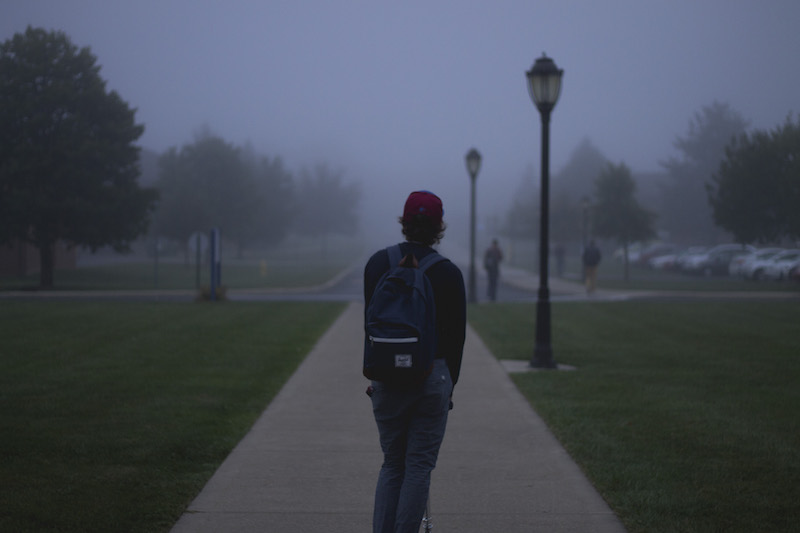At 17 Johanna (the daughter of one of our team members) is receiving at least 17 pieces of mail a month. Colleges and universities have her number and want her signature on their enrollment papers.
Postcards, letters, self-mailers, and view books are coming in from Ottawa University, Iowa State, Park University, the University of Kansas, Washburn University and even Montana State, all attempting to woo Johanna.

Iowa State Tempts Students and Tracks Results
Iowa University’s mailing may look old-fashioned in its #10 window envelope containing a pre-paid return envelope and information request form. However, look closer and you’ll see great bait – The Essential Guide to Finding Your College! It can be Johanna’s by simply going to URL and typing in her easy to track User Name and ID. If she enters this micro-site, she’ll also gain access to a dashboard that allows her to pick the campus activities she might like. Doing so will further arm Iowa State with personal info to use to push Johanna’s buttons in the next touch point or direct mail piece.
Iowa knows from a Cappex study that the most influential recruitment channel is a campus visit (74% surveyed students) followed by a college’s website (59%). So Iowa is handing out tools that seem altruistic, but are intended to lure the student to their campus for a look/see.
Park University Pushes Benefits
Park University mailed Johanna a series of self-mailers boasting its student benefits of being adult-friendly and transfer-friendly. Unlike Iowa University, the direct mail pieces contained QR Codes® that take prospective students to information about its eight-week and 16-week programs that help students complete their studies for less money in less time.
Park’s pieces are professional looking and sized in such a way that they can’t be ignored in Johanna’s mailbox.
Ottawa University Hurls Purls
Of the three schools, Ottawa University had the least professional looking direct mail piece though it utilized several tools well – variable data, a personalized URL, and a strong call to action. Johanna was personally invited to Ottawa’s June’s Sizzlin’ Summer Search Day where she’ll get a tour of the university and a free gift. To get a student to trek out to a small town of 12,000 in Western Kansas to tour or commit two-to-four years of her life might require a bigger carrot or stronger strategy.
Finding the Stealth Student
It is estimated that across the U.S., approximately 30% of all college applicants for the fall 2008 semester applied to their college(s) of choice without ever filling out an inquiry card at a college fair. In the world of admissions, these applicants are commonly referred to as “stealth applicants.”
The national rise in stealth applicants, which is expected to increase to 40% in the next year, means that universities are slowly losing their ability to communicate with prospective students at the inquiry level. As a result, universities must evaluate the ways in which they are communicating with applicants, and they must make sure that these strategies are in alignment with the elusive stealth applicants’ preferred mode of communication.
So which University is Johanna leaning toward in these very early stages? None of the above, at this point. Johanna should be considered part of the stealth student population because she’s considering a two-year community college and then finding a university with a good transfer program. Park University wins the communications award for mentioning this benefit.
QR Code is a registered trademark of Denso Wave.

